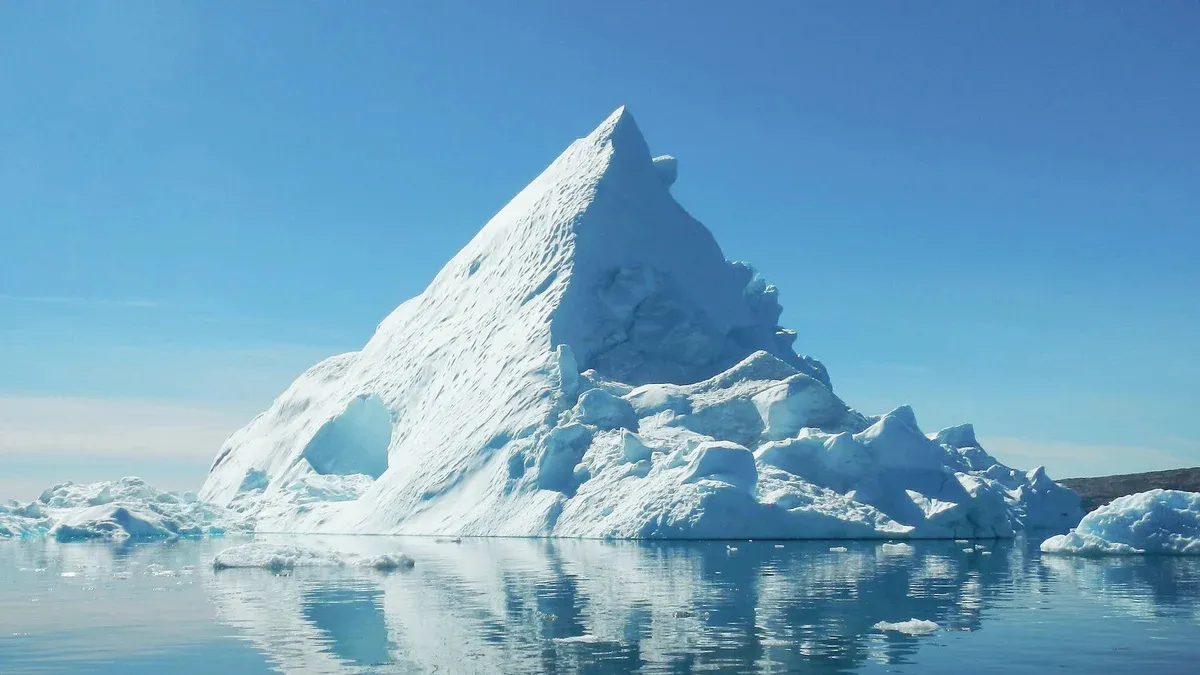The Arctic region, known for its pristine landscapes and fragile ecosystems, is facing unprecedented threats from climate change and pollution. Plastics, ship emissions, and wastewater are increasingly affecting both human health and the natural environment. In response to these urgent challenges, The ICEBERG project has emerged as a comprehensive initiative aimed at understanding and mitigating these impacts while working closely with Indigenous and local communities.
From 2024 to 2026, The ICEBERG project will focus on three critical regions in the European Arctic: Kalaallit Nunaat (Greenland), Iceland, and Svalbard. The goal is to study pollution and its effects on ecosystems and communities, while simultaneously developing innovative strategies to build resilience against the mounting environmental pressures.
A Collaborative Approach with Local Communities
Climate change and human activities are causing profound changes in Arctic ecosystems. The melting of glaciers and permafrost releases pollutants, including plastics, heavy metals, and harmful chemicals, which threaten marine life and human health alike. Recognizing the complexity of these challenges, The ICEBERG project emphasizes collaboration with local communities to ensure that solutions are both practical and culturally sensitive.
The project integrates natural and social sciences with Indigenous knowledge, combining modern research techniques with traditional understanding of the environment. This multi-disciplinary approach allows scientists and local experts to assess the risks and vulnerabilities of communities in a holistic way. In addition, The ICEBERG project applies the One Health approach, acknowledging the interconnectedness of human, animal, and ecosystem health.
Understanding the Impacts of Pollution
To support the European Union’s Zero Pollution Ambition, it is essential to understand how pollutants interact with climate change and how they affect Arctic communities. The ICEBERG project aims to map the sources, types, and distribution of pollutants, including microplastics, nanoplastics, ship emissions, and persistent organic pollutants (POPs). Researchers will employ advanced technologies such as simulations, remote sensing, drones, and artificial intelligence to monitor pollution levels and their movement across land and ocean ecosystems.
Citizen science initiatives also play a key role in data collection, enabling local residents to actively contribute to monitoring efforts. By combining modern scientific tools with community engagement, The ICEBERG project ensures that research outcomes are actionable and relevant to the people living in these regions.
Also read: Trump Tariffs Movies: What It Means for Hollywood and Global Film Industry
Mitigation and Adaptation Strategies
Beyond studying pollution, The ICEBERG project is committed to developing practical solutions. One of the project’s innovative approaches involves automatic marine litter detection using drones and AI, which can help identify areas most affected by pollution. These tools not only provide valuable data for scientists but also empower local communities to take proactive measures against environmental hazards.
The project will also investigate the toxicological effects of pollutants on human health, particularly the impact of microplastics, nanoplastics, and POPs on digestive systems. Additionally, the effects of pollution on the marine food web will be closely examined, offering insights into the cascading consequences of environmental contamination.
Also read: Jane Goodall Dies at 91: A Tireless Advocate for Nature and Humanity
Co-creating Solutions and Policy Recommendations
A central aim of The ICEBERG project is to co-develop pollution monitoring, mitigation, and adaptation strategies with local communities and stakeholders. By involving residents, Indigenous groups, and policymakers in the decision-making process, the project ensures that interventions are sustainable, culturally appropriate, and scientifically robust.
Furthermore, The ICEBERG project seeks to inform multilevel pollution-control governance. By providing evidence-based recommendations, the initiative supports policymakers at regional, national, and international levels in designing effective strategies to reduce pollution and adapt to climate change impacts.
Also read: Is America H-1B Visa Becoming Too Costly? Canada, Germany and UK See an Opportunity
Conclusion
The Arctic is one of the most vulnerable regions on Earth, and the consequences of pollution and climate change extend far beyond its icy borders. The ICEBERG project represents a pioneering effort to combine cutting-edge science with traditional knowledge, community participation, and innovative technology. By fostering collaboration, building resilience, and offering actionable policy guidance, the project aims to protect both Arctic ecosystems and the health of the communities that depend on them.
In the coming years, the findings and strategies developed by The ICEBERG project will not only enhance understanding of Arctic pollution but also serve as a model for global efforts to tackle environmental challenges in vulnerable regions.


















